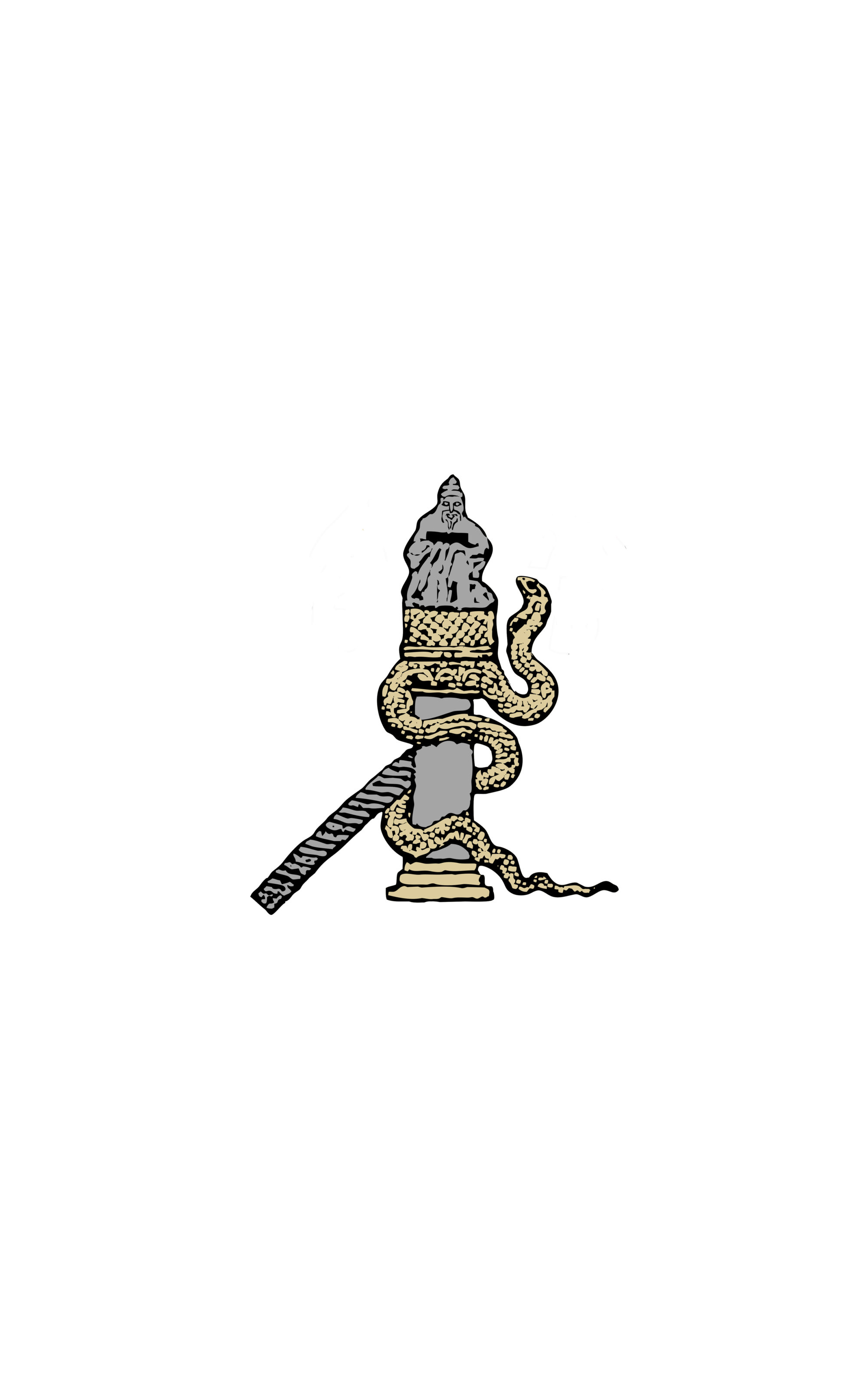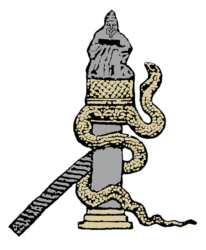« Prolepsis: Predicting, Anticipating, Foretelling from Antiquity to the Renaissance »
Keynote speaker: Prof. Patrick Finglass (University of Bristol)
17th-18th December 2020 Università degli Studi di Bari “Aldo Moro”.
Τὴν πρόληψιν λέγουσιν οἱονεὶ κατάληψιν
ἢ δόξαν ὀρθὴν ἢ ἔννοιαν ἢ καθολικὴν νόησιν ἐναποκειμένην.
(D.L. X 33)
“By preconception they mean a sort of apprehension
or a right opinion or notion, or universal idea stored in the mind”.
(Diogenes Laertius, Lives of Eminent Philosophers, ed. R.D. Hicks, Cambridge 1925).
Prolepsis Association is delighted to announce its fifth international conference whose theme will be the concept of prolepsis itself: we chose this theme as an ideal conclusion to the five-year work of the present boarding committee. We would like to use Diogenes Laertius’ quotation as a starting point for a discussion on the vast number of issues related to predicting, anticipating, and foretelling throughout a period that goes from Classical antiquity to the Renaissance. This year the conference will be particularly keen on – but not limited to – the following topics:
● Divination arts;
● Prophecies and prophetic characters in various literary genres;
● Spoiler and its perception;
● Modern attributions of foreshadows to ancient authors;
● The literary technique of prolepsis;
● Proleptic pronouns and their special uses, rhetorical figures (hysteron proteron, anastrophe, figures dealing with word order);
● Premonitory dreams;
● Prequel;
● Political foreshadowing, politicians claiming to be ahead of times, historical figures who were actually ahead of their times;
● Anacyclosis (especially regimes preparing following governments);
● Misplaced fascicles, reclamantes;
● Transpositions, accidental shifts forward (e. g. books in a work, or works in a corpus);
● Unveiling alleged literary foreshadowing;
● Preparatory works (notes, drafts, hypomnemata, proekdoseis);
● Prolepsis as philosophical concept.
The organising committee:
Roberta Berardi (University of Oxford)
Nicoletta Bruno (LMU München)
Giulia Dovico (Universität zu Köln)
Martina Filosa (Universität zu Köln)
Luisa Fizzarotti (SISMEL – Firenze)
Olivia Montepaone (Università degli Studi di Milano)


